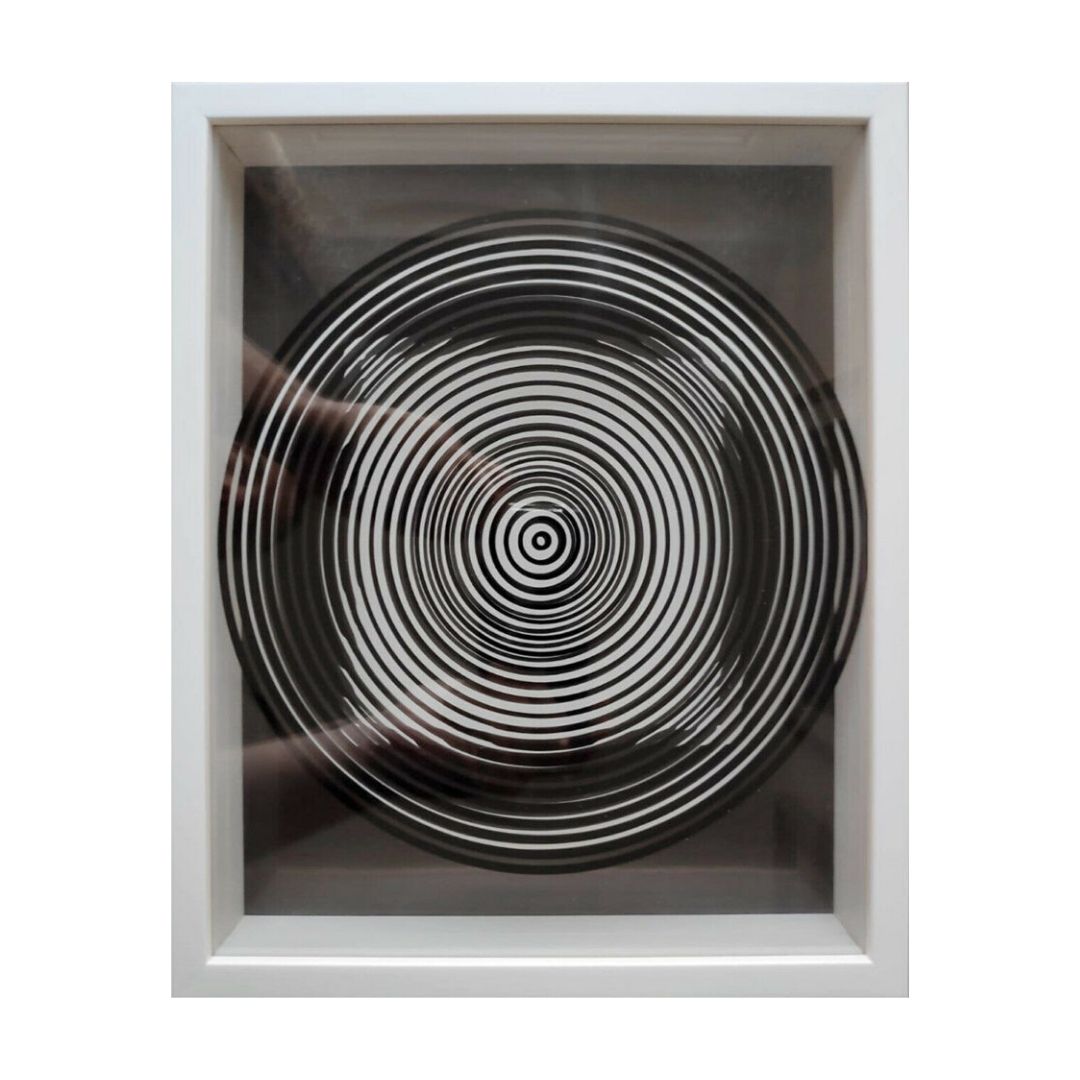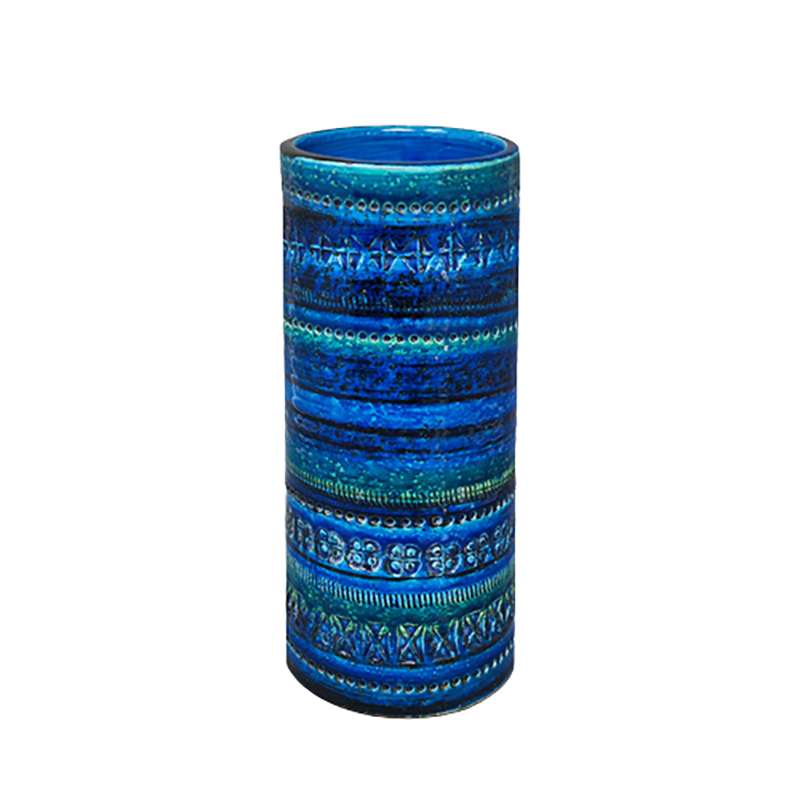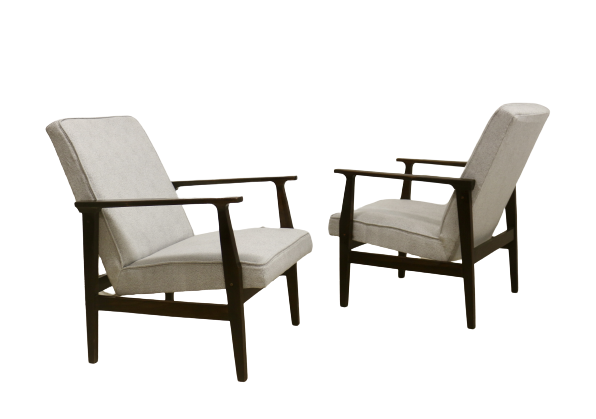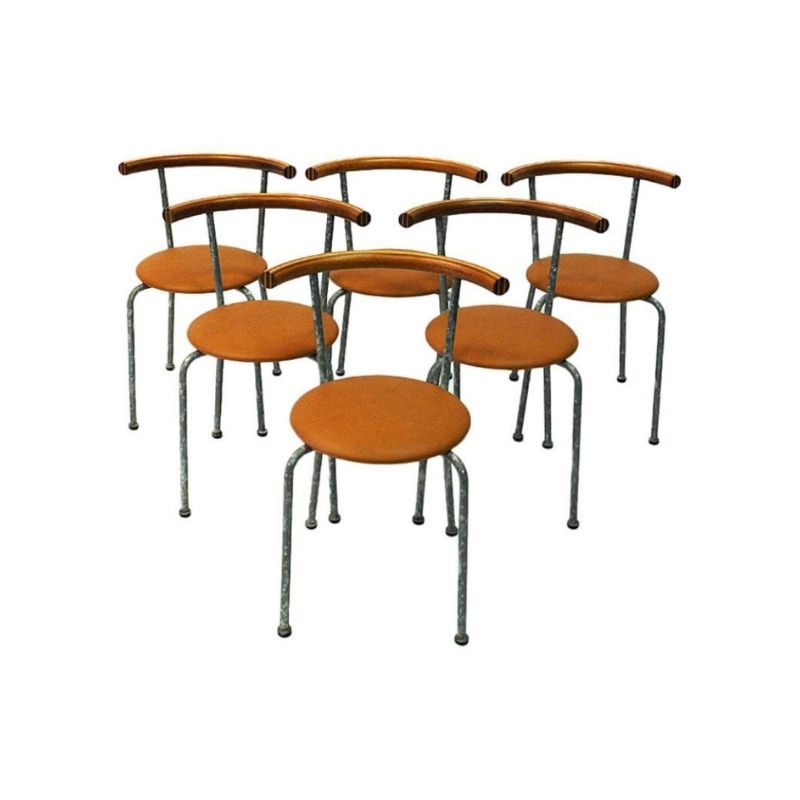Has anyone else run into this problem? I recently got chairs from two different sources that needed cleaning and oiling and seats rewoven. No problem with the seats but the wood looked really dark and dull. One set was teak and the other two were oak. When I was going over the wood with teak oil and #0000 steel wool, LOTS of the dark color immediately came off. I had never come across anything like this but a friend in the business suggeseted it might be Old English furniture polish, which apparently comes in---or used to come in---various tints. On the oak chairs it was very uneven and blotchy and I've had a hard time removing it or just evening it out. I tried mineral spirits and am waiting for that to dry so that I can oil the wood and see how it looks. It didn't seem to remove anymore than the oil and steel wool did. It's definitely not wood pigment. It's a very different brown than either the old teak and definitely the old oak. Kind of reddish and just...dark. YECH, why do people use this stuff?? Never mind, i know why. I just wish they wouldn't.
Oak is particularly problematic in that it has open-grained early wood that really soaks up and hangs onto pigments. To make things worse, many pigments added to stains and various other products are unaffected by oxalic acid or even bleach treatments.
If you've already gone over the whole thing with mineral spirits without satisfactory results, I guess I'd recommend ramping it up a notch to lacquer thinner or even acetone. Saturate an area, scrub a bit with a Scotchbright pad, and blot up as much of the mess as you can before it evaporates with good paper towels or cotton rags. You may have to do areas more than once.
If neither of those help, the last-resort option is methylene chloride stripper and toothbrushes and even that may not pull it all out of the pores.
Nasty and potentially hazardous work, for sure, so please take precautions. FWIW, I feel your pain.
Thanks, guys---i did try some acetone but it didn't anything that the oil didn't do. The mineral spirits were only slightly better than the oil plus they dried the wood out so much! Yech. I oiled the oak again after the mineral spirits and it still looks unevenly colored, though not nearly as patchy looking as before. But part of the patchiness was also dryness in some areas. It was a mess.
I don't want to strip the whole thing. I don't do methylene chloride anymore! Too many brain cells seared away. But the chairs look better. They could always be sanded lightly later if the owner wants---by someone else.
This is the before--it looks like it just needs oil and steel wool, right? The color is way more even now but not 100%. And it doesn't look like there's a lot of pigment in that wood but the paper towels that I wiped the paint thinner/oil off with looked like I'd been wiping up shoe polish. Very dark pigment.
P.S. I forgot--the other chairs were oak, too--not teak.
ETA: WAIT WAIT WAIT---I did do a test patch with mineral spirits on this chair back before I took this photo! I had forgotten about that--it was a week ago and I did the other of this pair in the meantime and then this one today. Sorry about that. But you can see even in that big test area in the center, it's still not even in tone. The legs and rungs were pretty evenly colored (DARK) but the arm rests were blotchy where the stain had worn off.
I am still really not quite sure what I am looking at... You think it is an oil based pigmented product that they slopped on the chairs? (Did they get any on the cord? It is hard to imagine they did not).
Are they Wegner for Carl Hansen? In which case is there any possibility it was a fumed finish that is supposed to be dark? (And perhaps it has been supplemented with some pigmented oil; and perhaps steel wooling has cut thorough the ammonia darkened surface).
I guess I still don't recognize what I am seeing.
That uncertainty aside, it looks to me like the center of the backrest is mostly approximating the expected tone of the oak, and areas around are still pigmented.
If minerals spirits or perhaps a citrus or soy stripper will take off more of the pigment I would keep at it.
It is also possible I suppose that oil and steel wool wood create a slurry of pigment and suffice to even out the tone, without more stripping. I expect this might highlight the grain and joints or anywhere a deeper layer of the slurry accumulates. This might look fine, or it might look "dirty."
It's not fumed oak. Fuming changes the color of the wood itself, it's not a pigment added to the wood. It has to be sanded off if you want to lighten the wood. Whatever this color is, it was added later and was not very permanent at all, not the way something like Minwax stain is! It loosens up as soon as oil is applied and comes off really easily with light rubbing with the steel wool. I'm asking if anyone else has come across a coloring agent like this.
It's quite possible to keep finishes off the paper cord--i've done it myself a few times and was nervous at first (even masked the seat off very carefully on the first one but then realized that wasn't necessary). You just have to apply it sparingly and take reasonable care. This stuff didn't make it into a few tighter areas which makes me think it was rubbed on later. I can't imagine that Carl Hansen would permit less than perfect work on something this simple.
I think people put this stuff on later because they want the chairs to match the coffee table or the dining table that is some other type of wood. Or they just want a darker chair for whatever reason.
Here's the chair after a vigorous rubdown with mineral spirits, which left it very dry but also very evenly light in color, and then oiling. You can see it's not evenly colored anymore. Those bands of darker color are not due to the lighting at all. They are less obvious when you look at the chair from other angles but this photo is pretty accurate from this angle. (I'm gonna stick the "before" photo in here too for easier comparing.)
Any treatment applied to only part of a surface will result, inevitably (it seems to me), in an uneven appearance in the end. If trying a procedure or product, it makes sense to do a whole surface -- the face (or better, the back ?) of that chair part, for instance. Unequal can never result in equal, in other words, Just my two cents . . .
Agreed. I did a little test area to see if the mineral spirits would lift off more of the whatever-it-is than just teak oil did. Then I dealt with other stuff for about a week, then came back and took the "before" photo above, having forgotten that I'd done the patch test.
Then I did repeated rubdowns with mineral spirits on the entire chair back---like three times, I think. WAY more time and effort than the patch test. Lots of elbow grease and #0000 steel wool. I was still getting a bit of whatever-it-was off by the end but not a lot. When the solvent finally evaporated from the wood, the wood looked parched but uniform in color. One coat of oil later and it looked like the second photo above. Hope that clears up my confusing timeline of events.
If you need any help, please contact us at – info@designaddict.com









